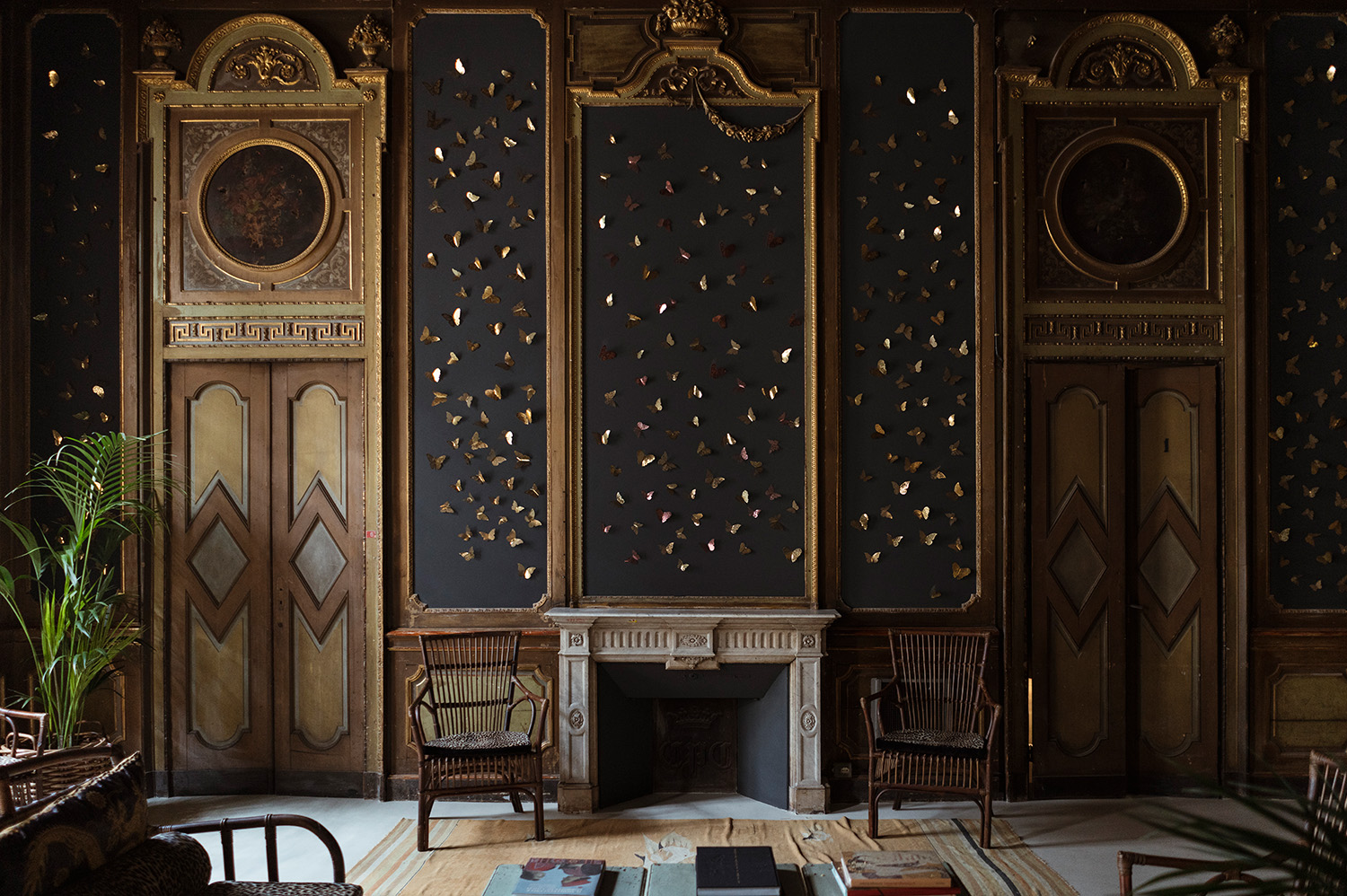
The Schneiberg Museum
From the Forbidden City to the City of Magic
The largest collection of imperial carpets from the Qing dynasty has recently found a new home at the newly opened Schneiberg Museum, housed in a late 16th-century Baroque-style palace in the heart of Turin.
It’s a Tuesday afternoon at the end of summer as I arrive in Turin for the specific purpose of visiting the Schneiberg Museum. “I had to show it to you in person,” says Roberto Danon, the founder and CEO who, together with his brother, are responsible for this cultural project through the foundation of the same name. A homage to his grandmother (whose surname was Schneiberg), its purpose is to preserve, restore and enhance the historical and artistic heritage of Asia.
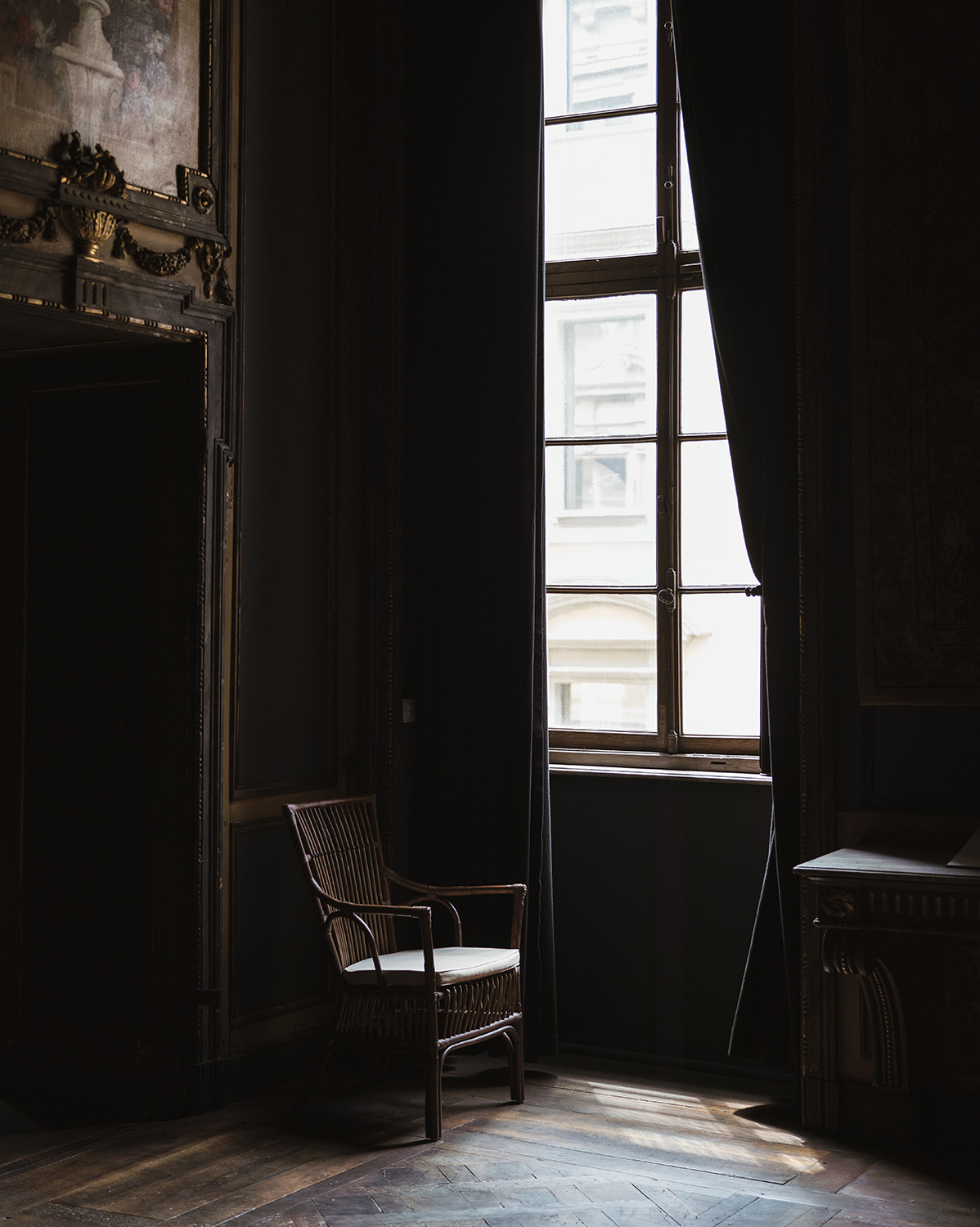
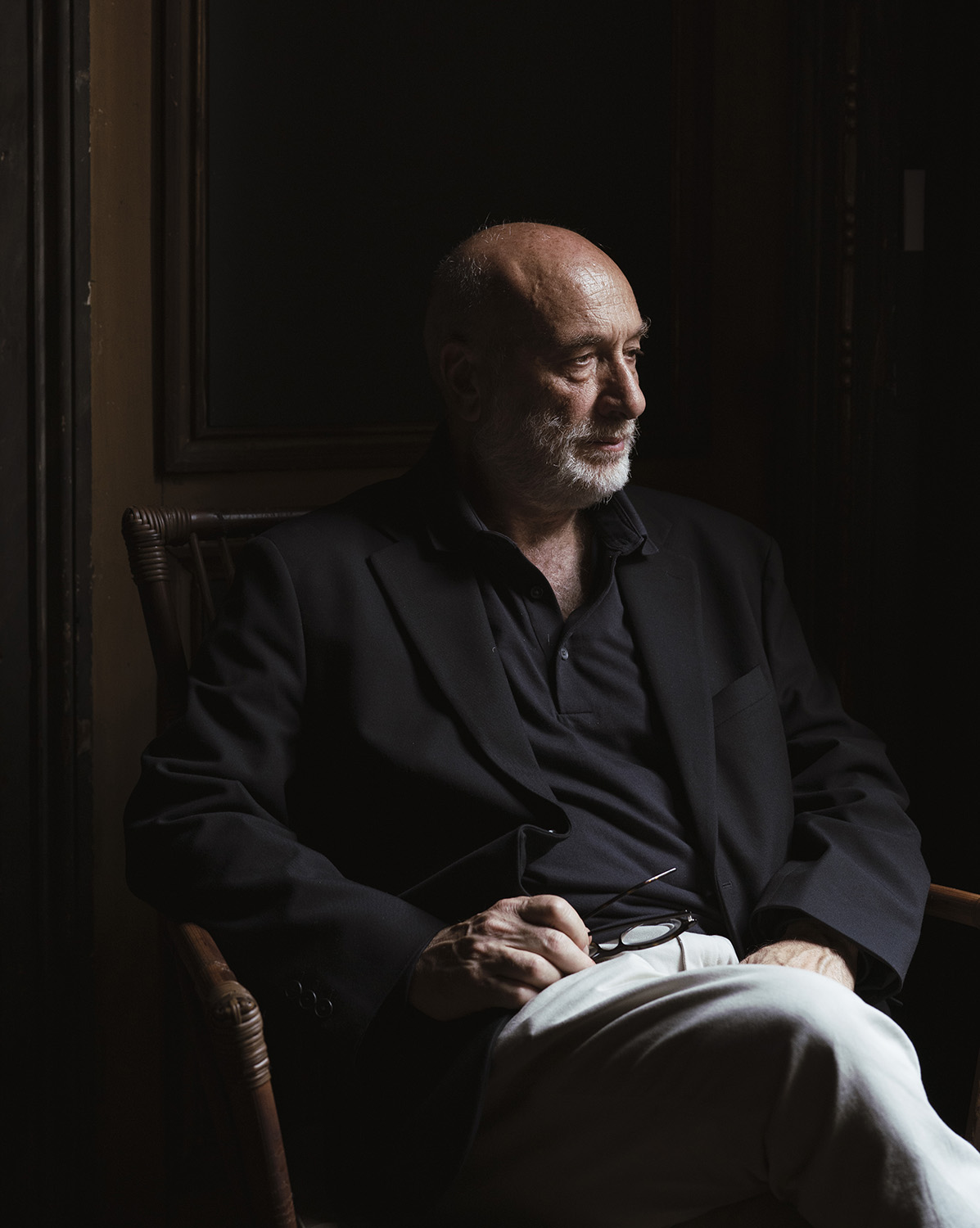
From a curatorial angle, the rooms of the museum have been designed to be a complete path for obtaining the elixir of life, although the spaces do influence the way items are displayed. In the main hall, where the visit starts, an imposing ornament decorates the ceiling 12 metres above you in the form of a lead flower. The same flower features in the carpet placed parallel to the viewer’s eye.
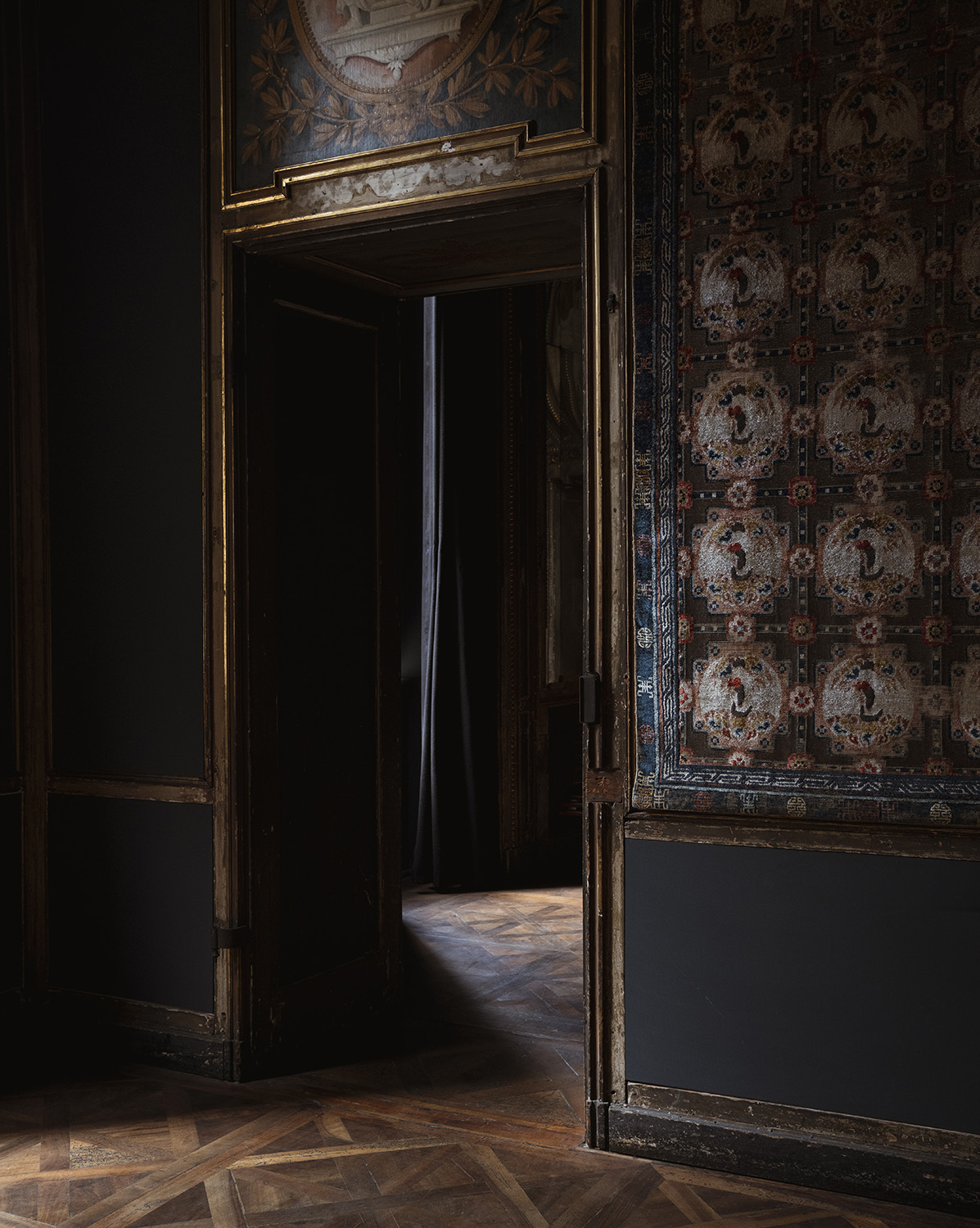
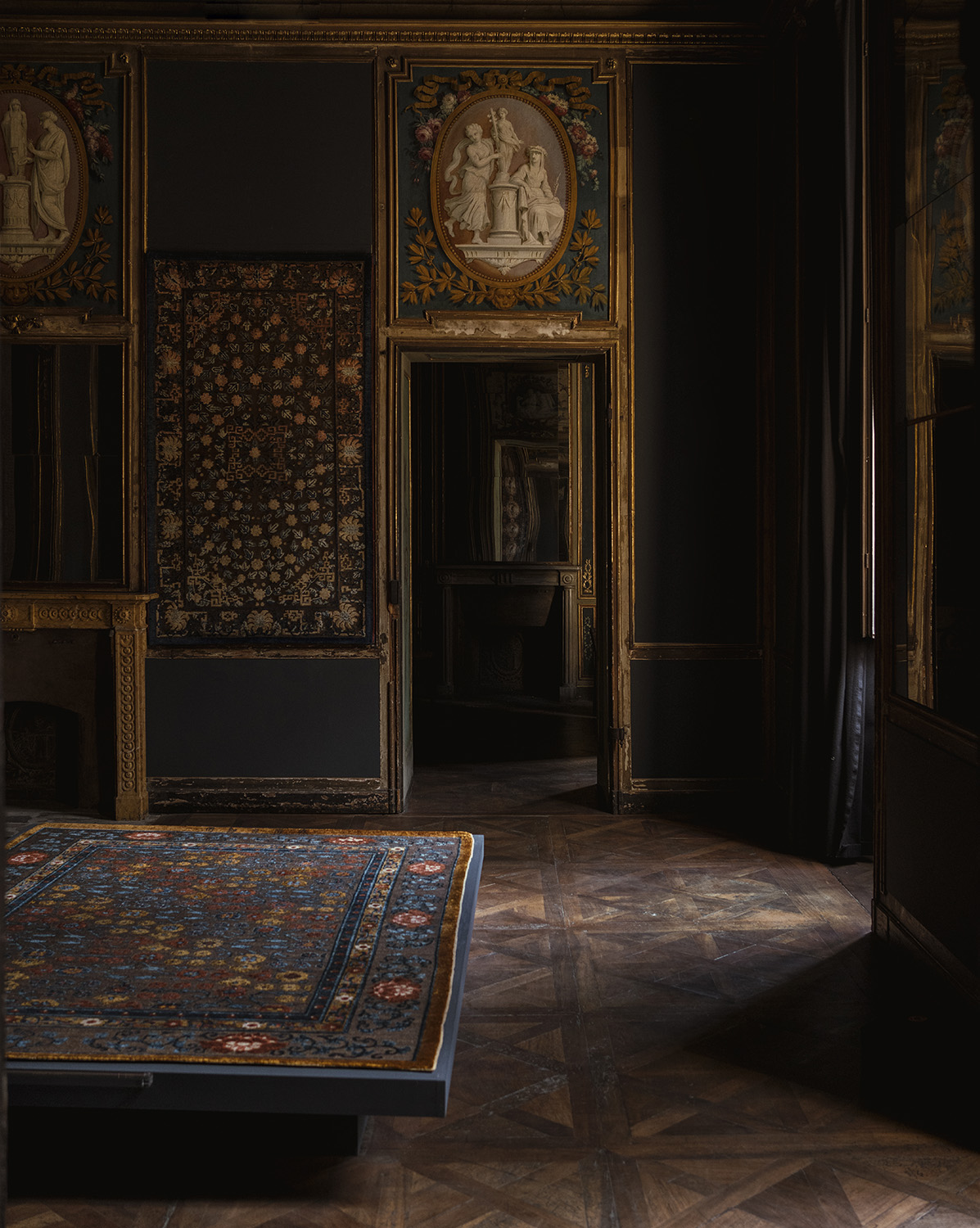
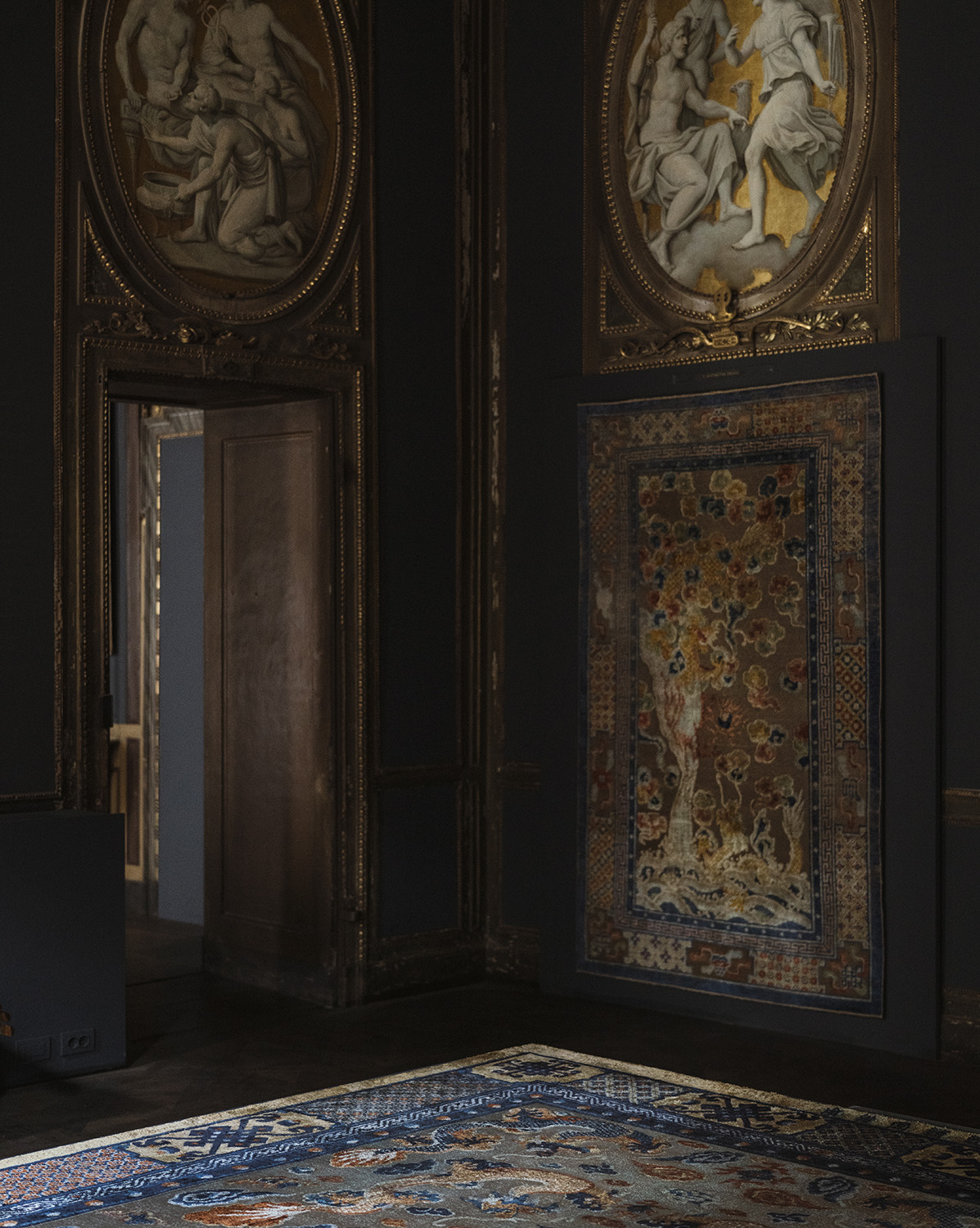
Open since September 2021, the Schneiberg Museum offers daytime and evening visits. In ancient Chinese culture, it was natural to think that certain images, if correctly positioned, could come to life and influence future events. Now that the new home of these carpets is in the “City of Magic” (as Turin is known), who knows what might happen…




